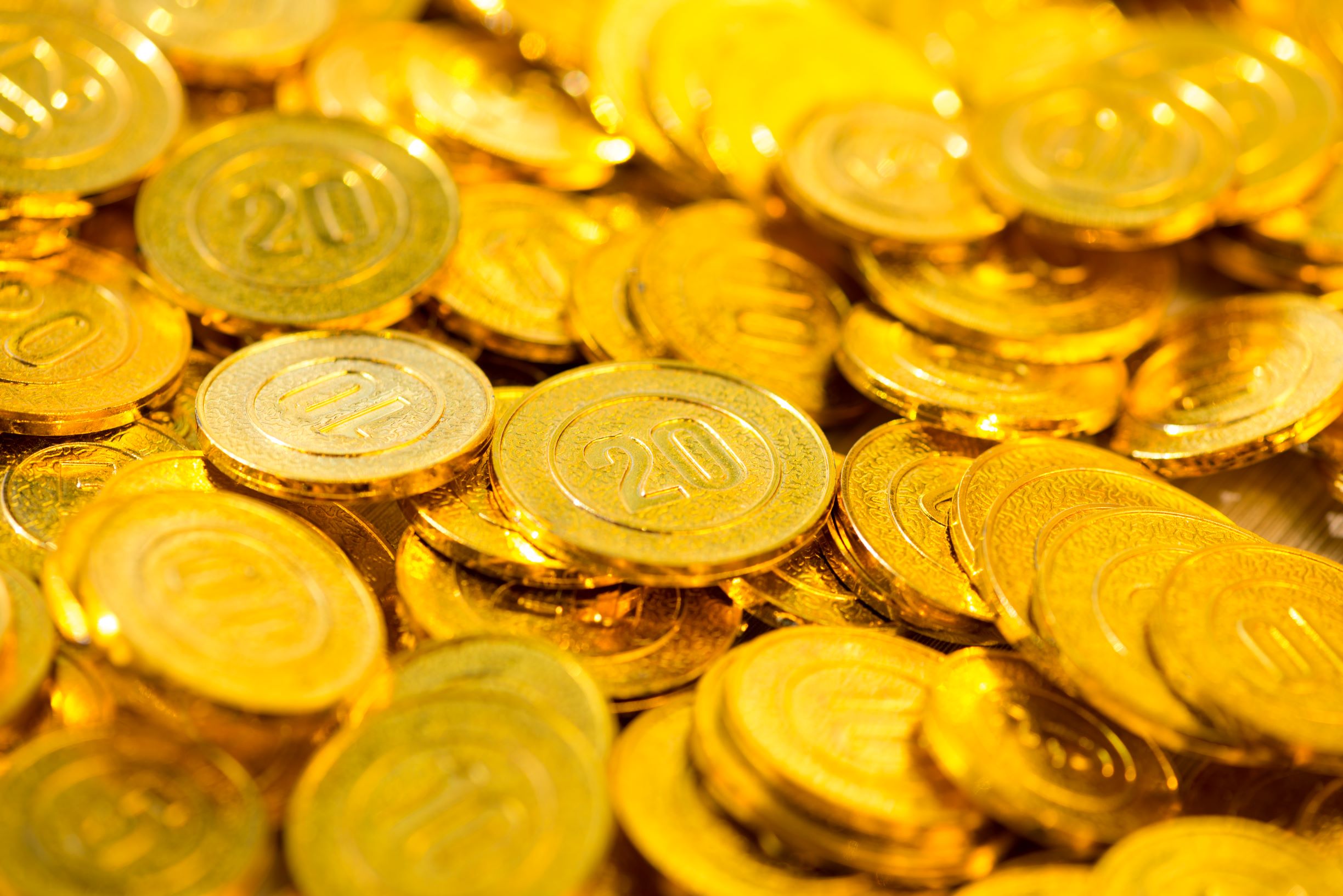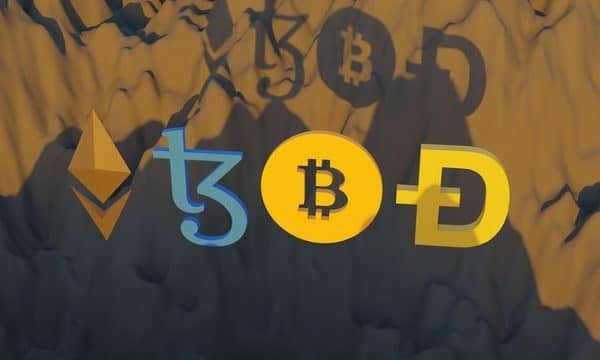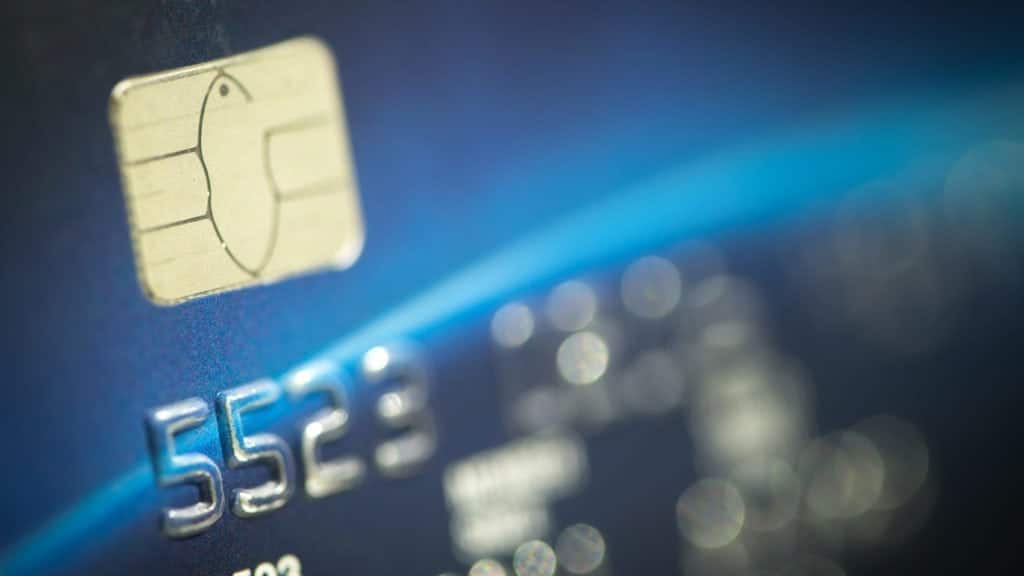Payment Tokenization Explained

TABLE OF CONTENTS
Every merchant needs to provide customers with a simple and convenient way of making payments to their business. Just as important is to ensure a consumer’s credit card data is safe from hackers. This is where payment tokenization comes in – it’s simply an added security measure safeguarding payment details.
Payment Tokenization Explained
Tokenization is the process of replacing a sensitive data element with a non–sensitive equivalent, referred to as a token, that has no extrinsic or intrinsic value. Tokenization is a data security technique used to protect data by replacing it with an algorithmically generated number, or token, that has no extrinsic or intrinsic value.
The purpose of tokenization is to reduce the risk of data breaches by making it more difficult for attackers to access sensitive data. Tokenization can be used to protect any type of data, including credit card numbers, social security numbers, and account passwords.
What is Payment Tokenization?
Tokenization denies access to account details. It instead provides a token in place of the card or checking account number. Tokenization is most commonly available via PCI-DSS Level 1 processors. The technology replaces sensitive credit card information with randomly generated numbers or tokens. The token then passes on down the payment processing highway to prevent hacking.
Merchants or consumers view only the last 4 digits of a payment account number along with its expiration date, if applicable. No one on the front end views the created token. Tokens create randomly and therefore are not reversible. No algorithm creates a token, meaning data hackers cannot “break the code” to gain access. When a consumer either swipes or enters payment details, the payment gateway creates a token. The token can either be for one-time use or stored in the merchant vault for recurring, future payments.
What is tokenization in banking?
Tokenization is defined as replacing the real cards information by an alternative code called the token, which shall be unique for a combination of cards and a token requester. The entity receiving the request for tokenization of cards and sending them onto customers is hereby.
What is an example of tokenization?
The concept of tokenization has existed since the earliest currencies, where coins and notes are mainly used to replace real coins and banknotes. Subway tokens and casinos tokens can serve as alternative to real currencies.
What are tokens in digital payment?
Digital payments are digital representations of values without physical representation which are generally maintained using blockchain technology. Although not regulated by government, they may be transferred for free or by someone else for goods.
What is tokenization on debit card?
The merchant platform uses masking and other secure methods to save such information on their cards. Credit and debit cards will be tokenized to replace sensitive information with tokens created by the company’s internal network.
Tokenization Details
A significant advantage of tokens is that they allow payments to process while keeping sensitive payment details locked down. Additionally, the token can only be accessed by either the consumer directly or the merchant. The payment gateway securely stores the token taking the responsibility from the merchant. However, some gateways or software “lock” tokens to their service. It’s important to ask if you have the ability to retrieve your tokens if switching to another payment processor or gateway.
Tokenization, in many ways, imitates the use of tokens in an arcade hall. Players in an arcade typically swap cash for tokens to play games. The token holds no value outside the business but makes it easy to play within the establishment. Similarly, sensitive cardholder data is stored on a payment token that can not be used outside of a merchant’s payment platform for another purpose. Even if a hacker accessed tokenized data, it could not be “exchanged” for anything else. A token’s main purpose is to facilitate safe payment transactions within a secure environment; outside that, it is of no use.
Final Thoughts
Apart from protecting consumers, tokenization allows merchants to accept payments without the risk of security breaches. In today’s virtual world, having this technology is paramount to success. In fact, many savvy consumers demand functionality. If your payment partner does not offer the solution, it’s time to make a change. For a decade, Payment Savvy has connected merchants with state-of-the-art, scalable payment solutions. Reach out to our knowledgeable team to learn how we can create the perfect payment for your business.



